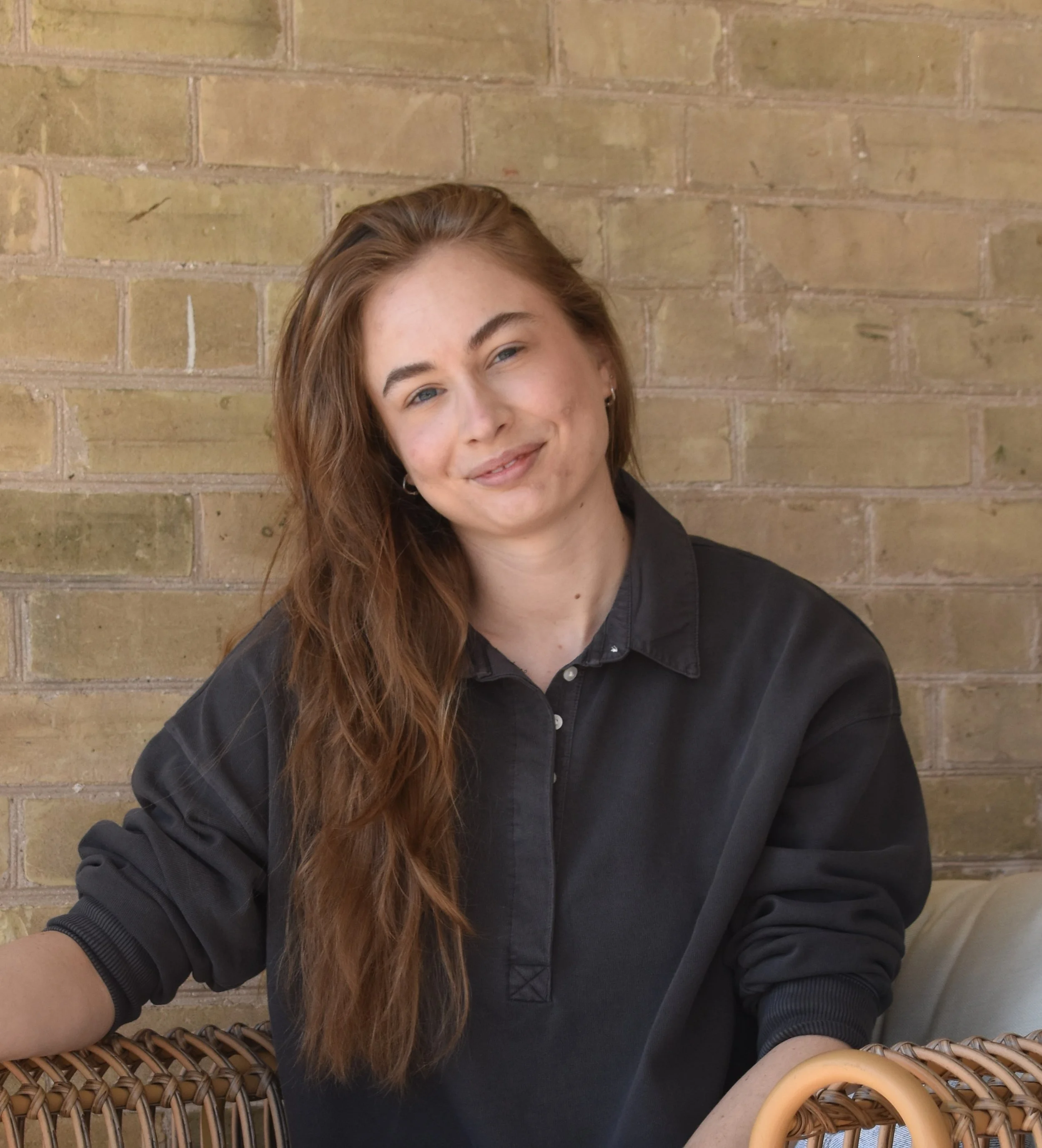Book Review: The Creative Cognitive Therapy Method
Kelsey Mathison, Professional Art Psychotherapist, RP (Qualifying)
Clinton, ON
Kelsey is a young artist, professional art psychotherapist, counsellor, and the owner of Althea Therapeutic Services. Much of her practice derives from her own interest in art and psychology. Both Kelsey’s art practice and her time as an art therapist include a feminist approach, understanding her own lived experiences and using what she has learned when applicable. Kelsey's desire to pursue art therapy expanded from her learning to speak of what is most difficult, and she strives to give space to anyone and everyone to discover and explore this additional visual language. Using a feminist approach as a basis for her practice, Kelsey conducts client-centred sessions and adjusts according to each individual’s needs.
The following is a book review written by Kelsey for The Creative Cognitive Therapy Method: Combining Traditional CBT with Art Therapy for Real Change by Pamela Hayes Malkoff, LPC, LMFT, LMHC, ATR-BC, and published by Jessica Kingsley Publishers.
Pamela Hayes Malkoff is a licensed therapist, a Registered and Board Certified Art Therapist, speaker, and author. Hayes Malkoff has a diverse realm of experience throughout her 30+ year career, working in schools, hospitals, prisons, foster and residential care, and private practice. Through her experience, she has gained a wide range of specialties, including alcohol and drug addictions, relationships, families and parenting, depression and anxiety, grief, LGBTQ, gender identity, and open relationships and sexuality.
The Creative Cognitive Therapy Method: Combining Traditional CBT with Art Therapy for Real Change was written for a diverse group of people with various mental health challenges, with Pamela Hayes Malkoff outlining 10 structured sessions for readers to individualize their healing journey. This book highlights Hayes Malkoff’s varied career, as she allows the user to choose how to proceed on this journey– whether more structured with a therapist guiding the sessions, or using it as a personal tool on their own.
Pamela Hayes Malkoff writes in a way that is beneficial for a range of readers, therapists and non-therapists alike. She includes impactful examples of real people, creating a raw experience that invites one to open up more than they might have with an impersonal guide. It allows for an easy read, making space for more energy to be put towards reflection. Hayes Malkoff also includes great examples of self-disclosure. It can be difficult to know as therapists when sharing our own experiences may be beneficial in a professional setting, but Pamela naturally shares personal stories that help us understand the impact the Creative Cognitive Therapy Method has had on her clients, as well as herself. This personalized the reading, allowing for those engaging with the material to be more open to vulnerability themselves.
“Failure is not the opposite of success– it is a necessary stepping stone.”
Throughout the ten modules, Pamela Hayes Malkoff balances the steps of Cognitive Behavioural Therapy with various art therapy directives seamlessly. For example, in the first module, Hayes Malkoff combines the popular “Bridge Drawing” art therapy directive with the CBT “Baby Steps” intervention. The amalgamation of the creative and cognitive processes allows the participant to fully understand where they are, and how they can continue to move forward. Hayes Malkoff later, in module seven, includes an art therapy directive called a “Praise Poem” as an additional exercise. This directive displays how impactful written creativity can be, that art therapy is not just using paint and crayons, that it extends to a multitude of forms of creativity that can aid us in different ways.
“Your body hears everything your mind says.”
Overall, Pamela Hayes Malkoff writes in a way that is suitable for a wide range of readers. Her own vulnerability allows those seeking this guide to open up more than they may have otherwise, with interventions, directives, and tools that can be adjusted to suit one’s needs. These ten modules are accessible, adaptable, and insightful. All that is left to wonder as a therapist is how this may be translated into a group structure, to allow for growth in a group setting.
References
Hayes Malkoff, P. (2024). The creative cognitive therapy method: Combining traditional CBT with art therapy for real change. Jessica Kingsley Publishers.



